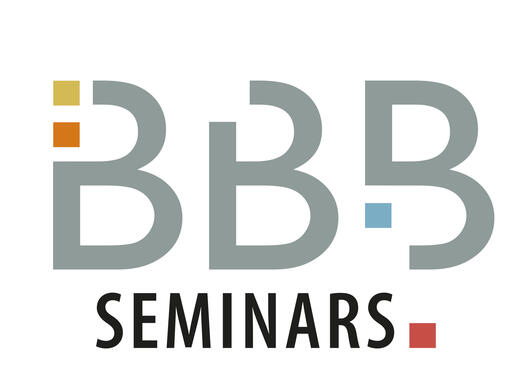BBB seminar: Thomas Daubon
Glioblastoma metabolic symbiosis: When lactate takes the lead
Main content
Thomas Daubon
Institute of Cellular Biochemistry and Genetics UMR5095, CNRS, University of Bordeaux, France
Glioblastoma (GBM) is a common and devastating brain tumor, associated with a low median survival, despite standard therapeutic management. Among its major features, GBMs are highly angiogenic and exhibit paradoxically an elevated glycolysis. For cancer cells, glucose uptake and catabolism are increased regardless of oxygen level. However, their energy needs are important – mainly for rapid growth – which requires a much faster production flow. It is at this step that lactate dehydrogenases (LDH) are involved. Though the isoform LDHA has already been studied in many cancers including GBM, the simultaneous role of LDHA and LDHB enzymes has not yet been investigated in GBM development.
Hypoxia-driven LDHA expression and lactate production increases cell invasion. Infusing 13C-lactate in starved cells rescues the TCA cycle. Double impairment of LDHA and B significantly reduces tumor growth and cell invasion, and induces a massive increase in mouse survival, also when coupled with cranial irradiation. Tracing experiments with 13C-glucose coupled with RNA sequencing revealed how energy metabolism adapts to these constraints.
Considered for a long time as a metabolic waste, lactate is shown here to play a critical role in GBM cell symbiosis. This study highlights GBM adaptability through the LDH isoforms and their involvement in GBM development.
Chairperson: Gro Vatne Røsland, Department of Biomedicine

